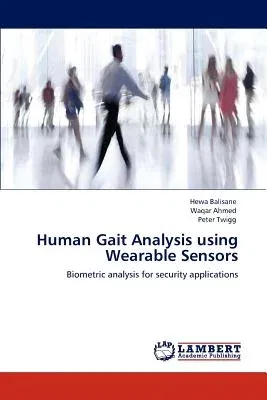Hewa Balisane
(Author)Human Gait Analysis using Wearable SensorsPaperback, 6 January 2012

Qty
1
Turbo
Ships in 2 - 3 days
In Stock
Free Delivery
Cash on Delivery
15 Days
Free Returns
Secure Checkout
Print Length
156 pages
Language
English
Publisher
LAP Lambert Academic Publishing
Date Published
6 Jan 2012
ISBN-10
3846555541
ISBN-13
9783846555545
Description
Product Details
Book Format:
Paperback
Country of Origin:
US
Date Published:
6 January 2012
Dimensions:
22.86 x
15.24 x
0.91 cm
ISBN-10:
3846555541
ISBN-13:
9783846555545
Language:
English
Location:
Saarbrucken
Pages:
156
Publisher:
Weight:
235.87 gm

